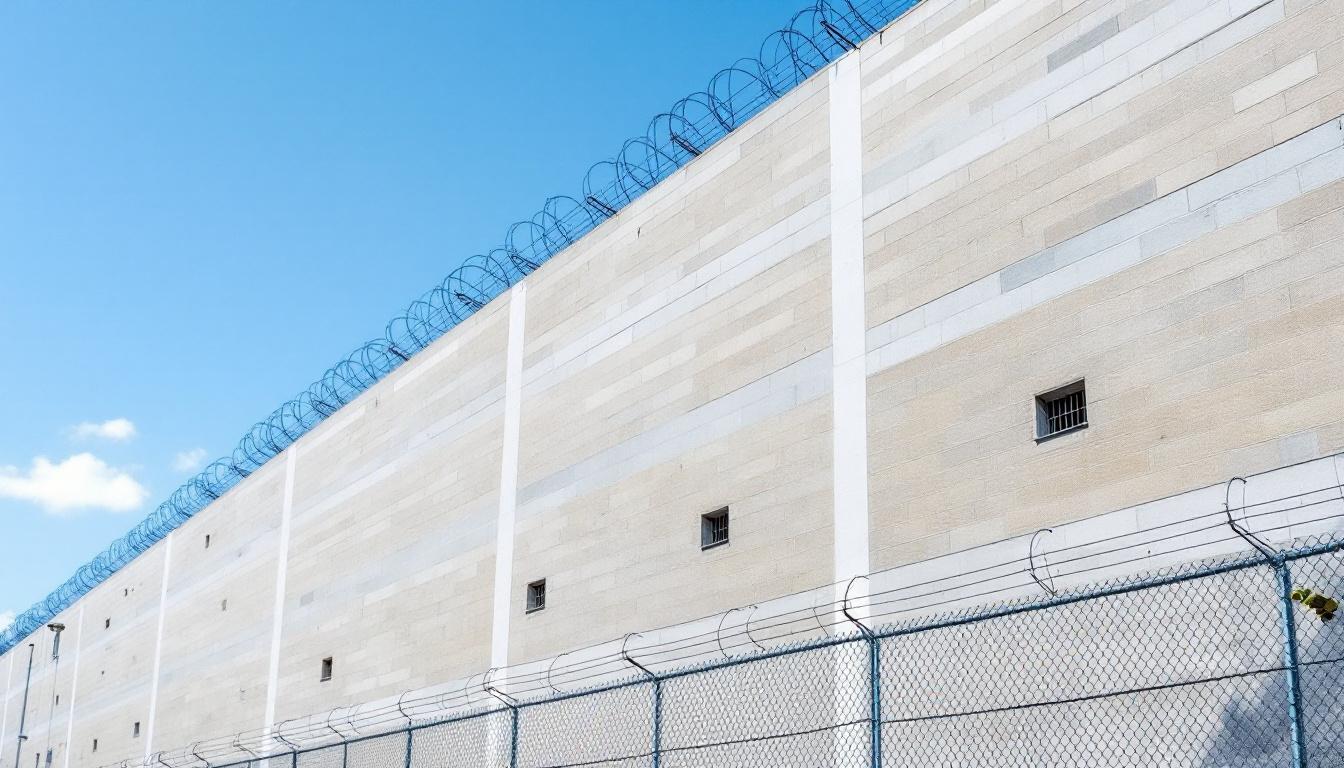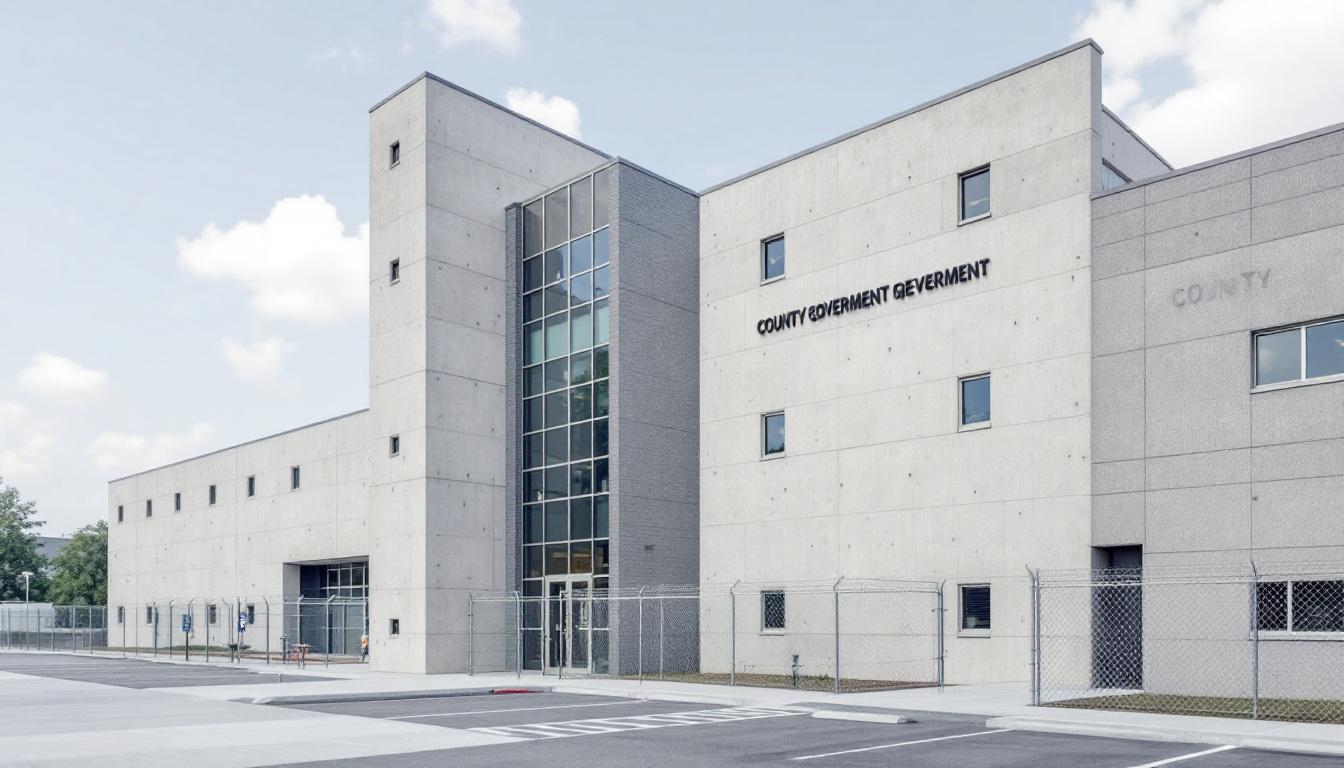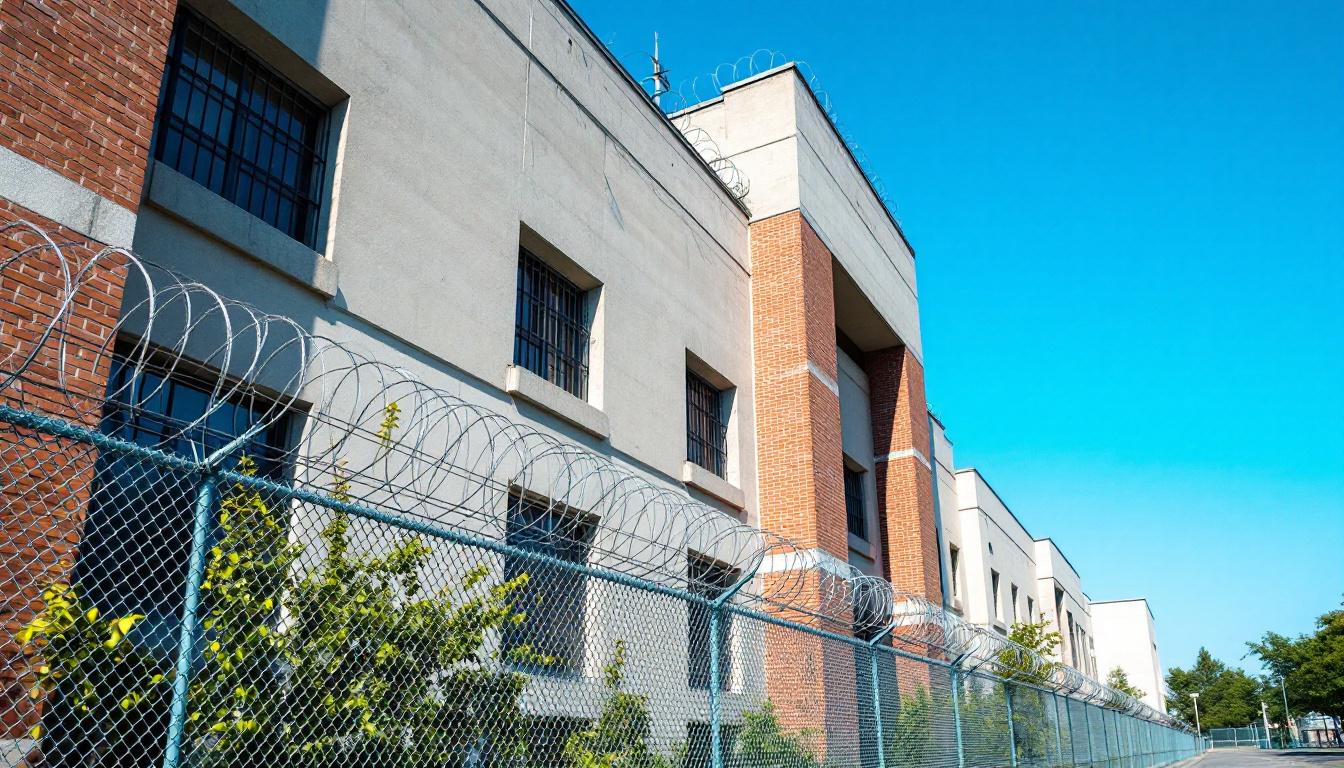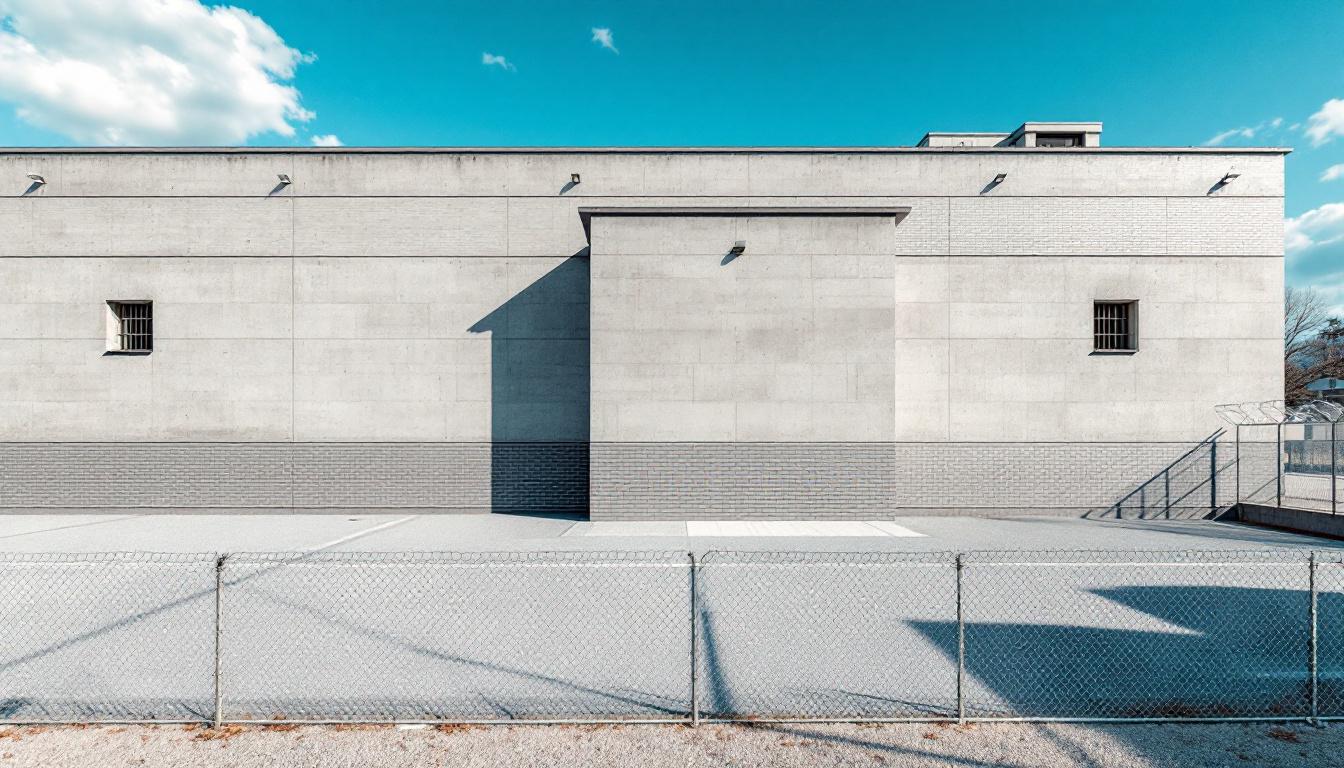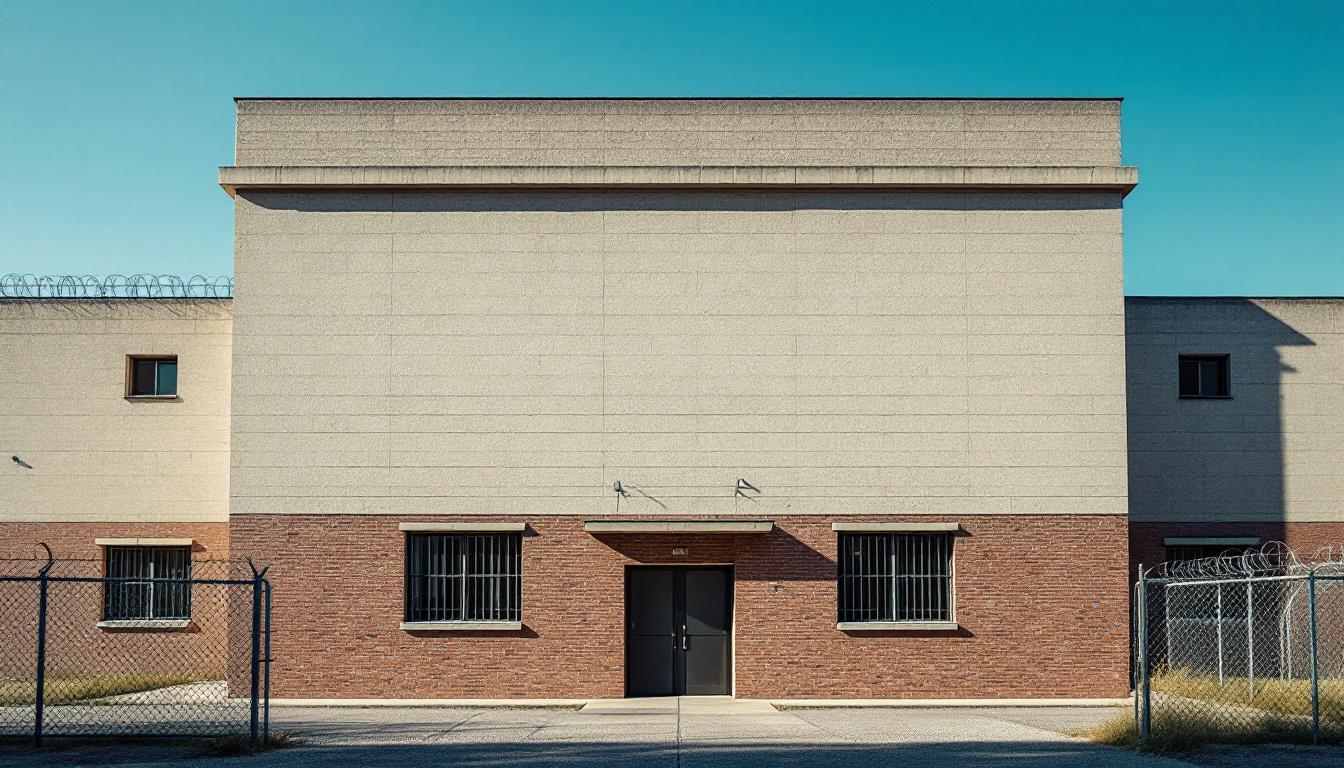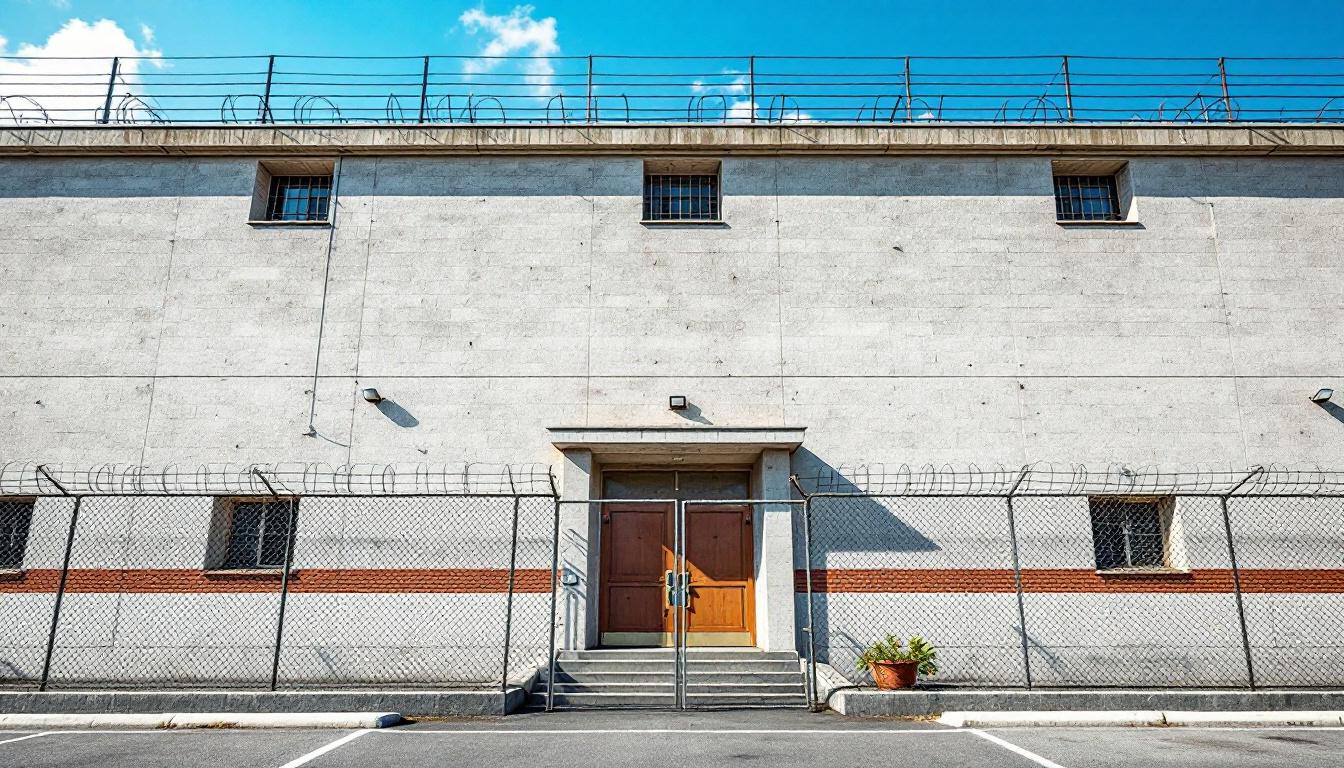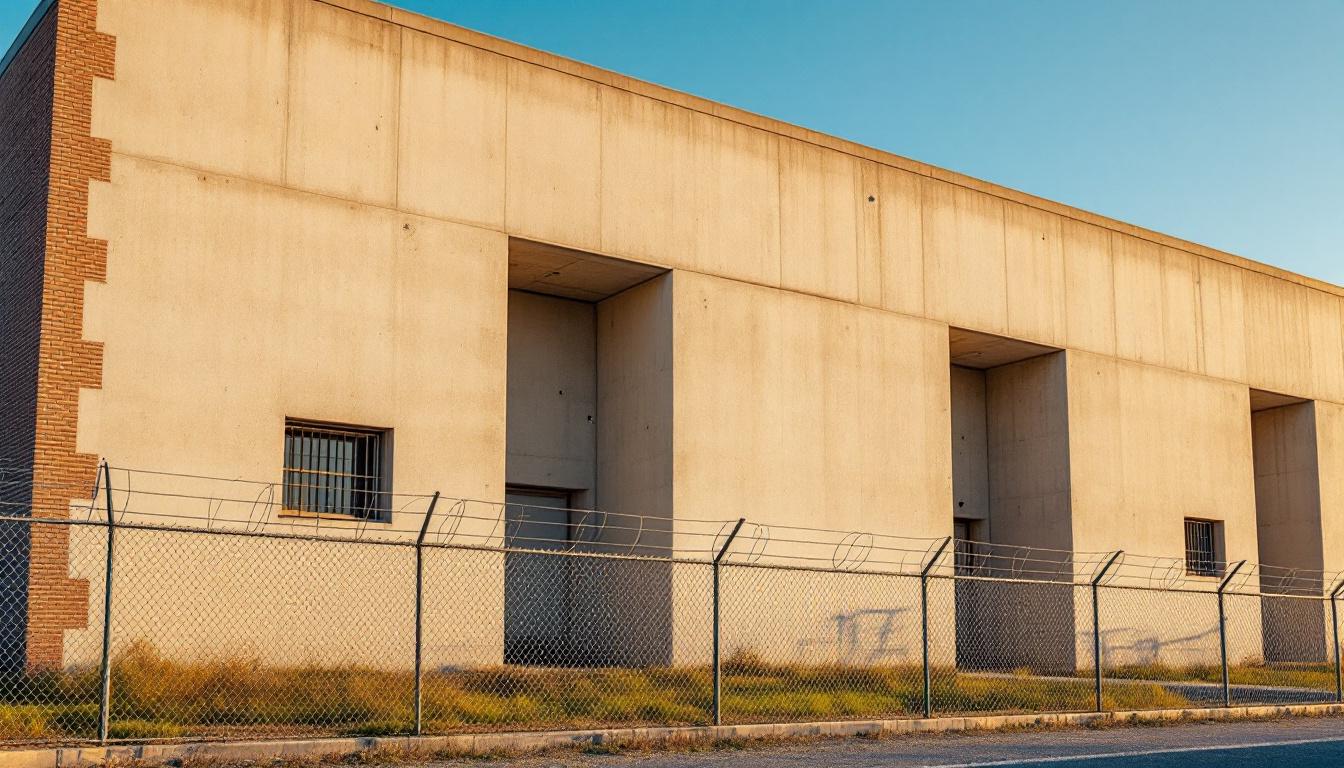
Quick Navigation
How to contact an inmate at Hutchins State Jail
This comprehensive guide will walk you through how to connect with an inmate at Hutchins State Jail. Follow the steps below to find an inmate and send letters and photos:
- Search for the inmate using our search tool below
- Create your account or log in to Penmate
- Write your message (up to 6,000 characters)
- Send instantly - inmates receive printed copies daily
Find an Inmate
Search for an inmate to start communicating today
Tip: You can search by first name, last name, or inmate ID number
To contact a person at Hutchins State Jail start by searching for the person on the official facility website. Perform a search by following these steps:
- Step 1: Enter their first name and last name into the search form and click "Search"
- Step 2: Locate their inmate record
- Step 3: Write down their Inmate ID and any housing information provided
Important! Be sure to enter the person's full name. Nicknames should not be used.
How to Send Messages to Inmates

You can use your phone or computer to send emails, letters, and photos to an inmate. Messages are sent electronically to inmate tablets or kiosks at the facility. If you would like to send a message, start by searching for an inmate at Hutchins State Jail.
Sending Photos and Postcards

A great way to send love and support to a loved one at Hutchins State Jail is to send photos and postcards. It only takes a few minutes to send photos from your phone and it makes a huge difference. You can also mail postcards with words of support and inspiration, or design your own postcard for special moments like birthdays and holidays.
Important! Be sure not to send any explicit photos or they may not be approved by the facility. You can also use a photo printing app like Penmate to make sure your photos are printed at the correct size (4x6 or 3x5) and are mailed according to the rules and regulations of Hutchins State Jail.
Frequently asked questions about Hutchins State Jail
-
How long does it take to deliver a message?
If you're sending an email message your letter is usually delivered within 24-48 hours. For messages sent via mail you should expect delivery within 3-7 days. All messages will need be approved by Hutchins State Jail.
-
How much does it cost to send a message to Hutchins State Jail?
You can send a message free using your phone or mail a message via USPS for the price of a $0.60 stamp and envelope. You can also purchase credits or e-stamps from services starting at $1.99.
-
What services can I use to contact an inmate at Hutchins State Jail?
Penmate
You can use Penmate to send letters and photos to an inmate from your phone. It's an easy way to stay in touch during your loved one's incarceration. Use the inmate locator to find an inmate's location and contact information, then you can send messages within a few minutes.
Securus messaging
Securus may be another option for communicating with an inmate at Hutchins State Jail. You can create a friends and family account and purchase credits to send messages. All messages will be reviewed and must be approved by the facility.
JPay
Some county jails and state prisons may support sending messages with JPay. You must register an account with the system, find your loved one, and purchase stamps to send messages. For some locations you can also attach photos.
Smart Jail Mail
You may also check if Smart Jail Mail is available at Hutchins State Jail. Smart Jail Mail is operated by Smart Communications and has contracted with some state and county jails. After purchasing credits, your messages and photos are sent to the facility, printed out, and then handed out to your loved one.
-
What is the mailing address of Hutchins State Jail?
Mailing address:
Hutchins State Jail
1500 E Langdon Rd
Dallas, TX 75241
Phone: (972) 225-1304Business hours:
- Monday: 8:00 AM – 5:00 PM
- Tuesday: 8:00 AM – 5:00 PM
- Wednesday: 8:00 AM – 5:00 PM
- Thursday: 8:00 AM – 5:00 PM
- Friday: 8:00 AM – 5:00 PM
- Saturday: Closed
- Sunday: Closed
-
What are the visiting hours at Hutchins State Jail?
Visiting hours at Hutchins State Jail vary by housing unit and security level. Generally, visits are scheduled on weekends and holidays, with some facilities offering weekday visits. Contact the facility directly at (972) 225-1304 or check their website for the current visiting schedule. Visits typically last 30-60 minutes and must be scheduled in advance.
-
What items are prohibited when sending mail to Hutchins State Jail?
Prohibited items typically include: cash, personal checks, stamps, stickers, glitter, glue, tape, staples, paperclips, polaroid photos, musical or blank greeting cards, hardcover books, magazines with staples, and any items containing metal or electronics. Only send letters on plain white paper with blue or black ink. Photos must be printed on regular photo paper (no Polaroids). Always check with Hutchins State Jail for their specific mail policies.
-
How do I send money to an inmate at Hutchins State Jail?
You can send money to an inmate at Hutchins State Jail through several methods: 1) Online using JPay, Access Corrections, or the facility's approved vendor, 2) Money orders mailed directly to the facility with the inmate's name and ID number, 3) Kiosks located in the facility lobby, or 4) Over the phone using a credit or debit card. Fees vary by method, typically ranging from $2.95 to $11.95 per transaction.
-
Can I schedule a video visit with an inmate at Hutchins State Jail?
Many facilities now offer video visitation as an alternative to in-person visits. At Hutchins State Jail, video visits may be available through services like Penmate, Securus Video Connect, GTL, or ICSolutions. Video visits typically cost $10-20 for 20-30 minutes and must be scheduled in advance. You'll need a computer or smartphone with a camera and reliable internet connection. Contact the facility for their specific video visitation policies and approved vendors.
-
What identification do I need to visit an inmate at Hutchins State Jail?
All visitors must present valid government-issued photo identification such as a driver's license, state ID, passport, or military ID. Minors must be accompanied by a parent or legal guardian who can provide the minor's birth certificate. Some facilities require visitors to be on the inmate's approved visitation list, which may require a background check. Contact Hutchins State Jail for specific ID requirements and visitor approval procedures.
-
How can I find out an inmate's release date?
To find an inmate's release date at Hutchins State Jail, you can: 1) Use the online inmate search tool if available, 2) Call the facility's records department, 3) Contact the inmate's case manager or counselor, or 4) Have the inmate provide this information during a call or visit. For privacy reasons, some facilities only release this information to immediate family members.
Facility Overview
Official Website
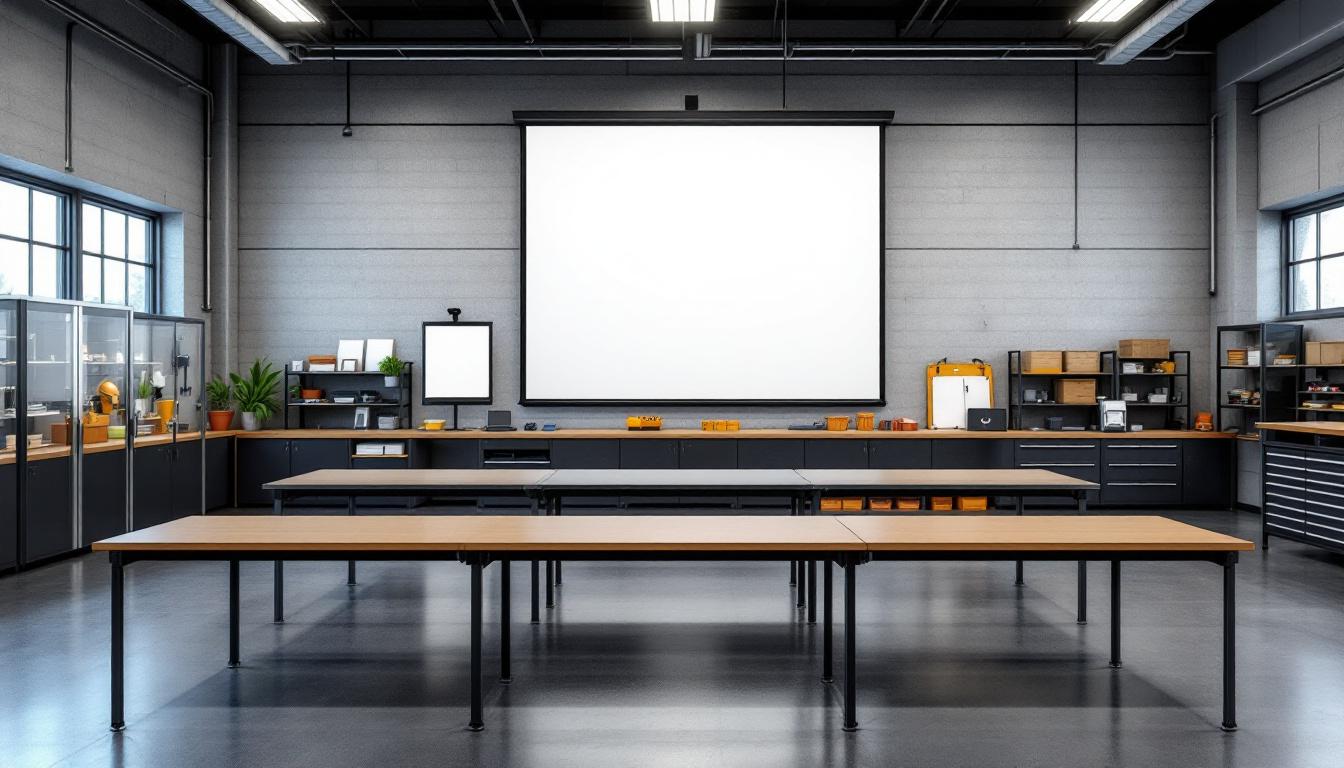
About Hutchins State Jail
Within the sprawling metropolitan landscape of Dallas, TX, the Hutchins Unit (HJ) serves as a vital component of the state's comprehensive correctional framework, dedicated to supporting individuals on their journey toward successful community reintegration. This TX correctional facility operates with a clear mission to provide structured programming and essential services that align with broader state objectives for rehabilitation and public safety.
The facility typically focuses on serving residents through a range of educational and vocational opportunities designed to build practical skills for post-release success. Programs may include basic literacy instruction, GED preparation, and various job training initiatives that reflect the employment needs of the Dallas metropolitan area. Mental health services and substance abuse counseling often form core components of the facility's approach, recognizing that addressing underlying issues is fundamental to reducing recidivism and supporting long-term positive outcomes.
Hutchins Unit (HJ) generally emphasizes the importance of maintaining family connections and community ties throughout the incarceration period, understanding that strong support networks significantly contribute to successful reentry. The facility may offer visiting programs, correspondence opportunities, and other communication services that help residents maintain meaningful relationships. Through its integration with state correctional goals, this Dallas-area facility works to balance accountability with rehabilitation, providing residents services that prepare individuals for productive participation in Texas communities upon their release.
Programs & Services
Comprehensive rehabilitation through structured learning opportunities forms the cornerstone of transformative initiatives designed to equip residents with essential skills for successful community reintegration. The facility's multifaceted approach emphasizes personal development through carefully coordinated educational pathways, vocational training, and therapeutic support services that address both immediate needs and long-term goals. This holistic framework recognizes that meaningful change occurs when residents actively engage in programs that build practical competencies while fostering personal accountability and growth.
Educational initiatives typically encompass college correspondence courses that allow residents to pursue higher education credentials during their incarceration period. These academic opportunities may deliver structured learning experiences across various disciplines, enabling participants to earn certificates or degrees that enhance their post-release employment prospects. Moreover, vocational training initiatives often include hands-on instruction in marketable trades and technical skills, providing residents with concrete abilities that translate directly into employment opportunities upon their return to the community.
Support services frequently encompass work programs that instill professional habits and responsibility while contributing to facility operations. Faith-based initiatives may offer spiritual guidance and community support networks that assist residents in developing positive coping mechanisms and moral frameworks. Additionally, specialized programs often include work release opportunities that facilitate gradual community reintegration, domestic violence intervention services that address underlying behavioral patterns, and essential services such as laundry operations that maintain daily living standards while teaching practical life skills.
Daily Life & Visitation
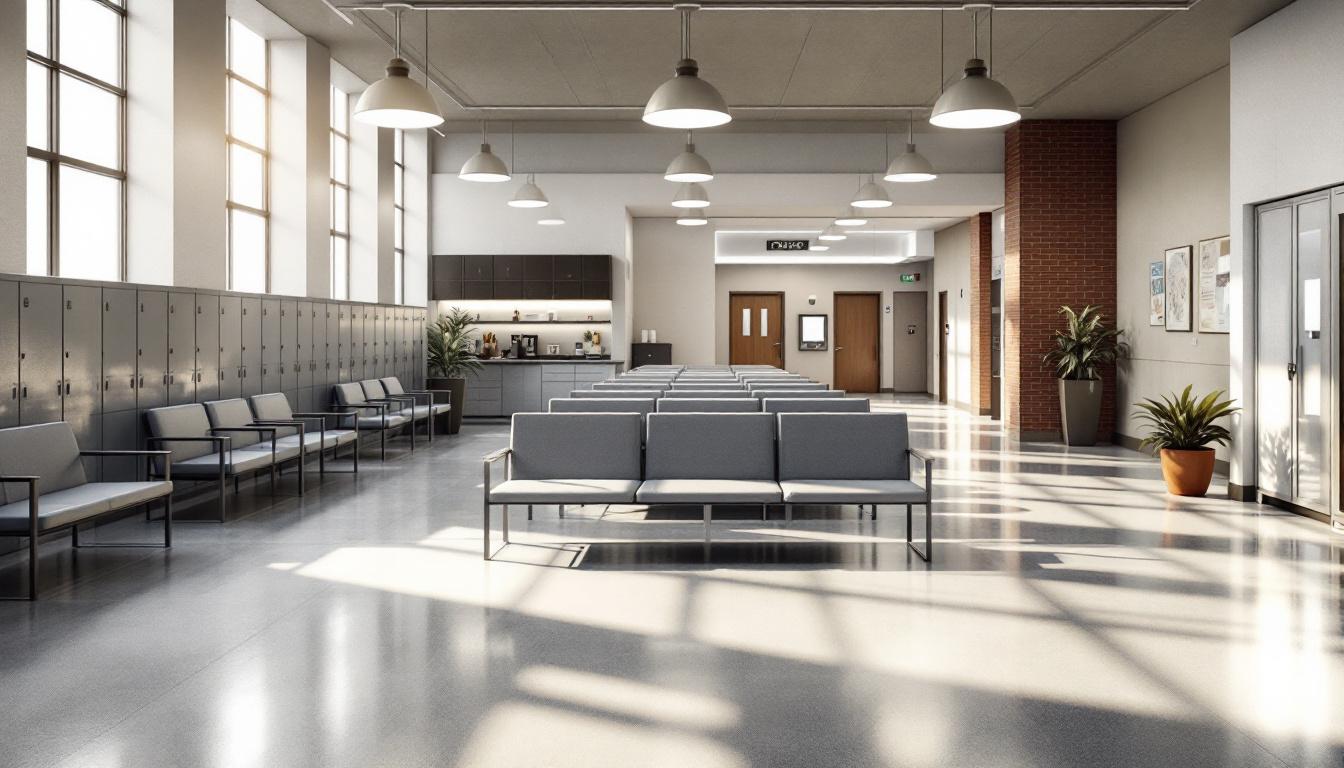
The rhythmic cadence of count times and meal calls now anchors each day within a carefully orchestrated schedule that residents have come to rely upon for stability and predictability. From early morning wake-up calls through evening lockdown procedures, the structured routine delivers a framework that helps residents navigate their time with clear expectations and consistent patterns. This regimented approach typically includes regularly scheduled activities such as work assignments, educational programming, and recreational periods that break up the day into manageable segments.
Living accommodations generally consist of dormitory-style housing units where residents share sleeping quarters with multiple bunks arranged in open bay configurations. The housing areas usually include common spaces for television viewing and quiet activities, along with designated areas for personal storage of approved belongings and commissary items. Meals are typically served in large dining halls at scheduled times throughout the day, with residents moving in organized groups to maintain order and security protocols that govern daily movements within the facility.
Moreover, the facility often provides various recreational opportunities that may include outdoor exercise periods, gymnasium access, and organized sports activities when weather and staffing permit. Work assignments frequently encompass maintenance duties, kitchen operations, and facility support services that help residents develop skills while contributing to daily operations. Visitation arrangements typically follow established schedules that allow families to maintain connections through in-person visits and phone calls, whereas mail correspondence provides another avenue for residents to stay connected with their support networks outside the facility walls.
Ready to Connect?
Start communicating with your loved one today
Search for an Inmate
